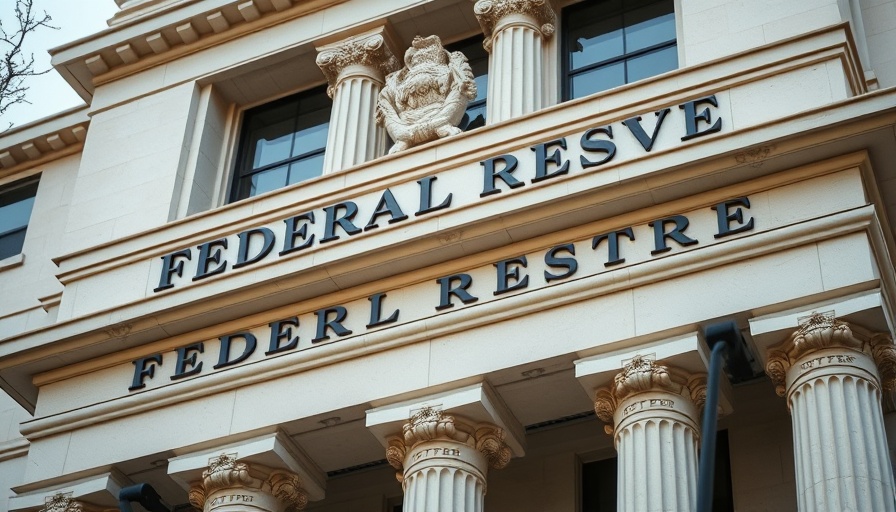
Understanding the Ripple Effects of Rate Cuts
When the Federal Reserve takes the significant step of cutting interest rates, the consequences extend well beyond Wall Street, impacting investment strategies and trust distributions alike. Typically, these rate cuts bring about necessary evaluations within estate planning and wealth management strategies. For financial planners and wealth advisors, recognizing the significance of these shifts is crucial.
The Impact on Investment Portfolios
As interest rates decline, the value of existing bonds tends to rise, benefiting trusts with fixed-income securities. While this may seem advantageous at first glance, it’s important to contextualize it within the broader market landscape. Over recent years, global equities have evaded significant downturns despite challenges posed by the pandemic and other geopolitical factors, saving trust and estate portfolios from severe depreciations. Nevertheless, financial planners are encouraged to reassess their clients' asset allocations, particularly with the current higher federal estate tax exemption allowing for broader diversification into growth-oriented investments.
Embracing Flexible Trust Structures
Low-interest rates can strain traditional trust structures, especially those reliant on fixed distributions to beneficiaries. As bond yields wither, so too does the capital available for mandatory outlays. In response, estate planners are increasingly advocating for more adaptable distribution models. This includes discretionary distributions, inflation-adjusted amounts, and unitrust arrangements that adjust based on the trust's total value—affording beneficiaries a more stable financial environment despite varying interest rates.
Seizing Estate Planning Opportunities
The lowering of interest rates also offers a fresh perspective on various estate planning mechanisms. Techniques like Grantor Retained Annuity Trusts (GRATs) become particularly attractive when rates are low, as they allow any growth beyond a predetermined threshold to be transferred to heirs without tax implications. Conversely, some strategies, such as Qualified Personal Residence Trusts (QPRTs), may diminish in appeal due to the adjustments in their underlying valuations. For financial advisers, this represents a pivotal moment to reevaluate existing trusts and encourage clients to optimize their strategies in light of current economic conditions.
Implications for Real Estate Purchases
Trusts often serve broader purposes, including assisting beneficiaries with significant purchases like homes. Fluctuations in interest rates can drastically influence these plans. During periods of low mortgage rates, utilizing trust assets for a substantial down payment or financing became commonplace. Today, with higher borrowing costs, financial planners must weigh whether an all-cash purchase or a larger cash distribution aligns better with the beneficiaries' goals while avoiding burdensome debt.
Conclusion: Preparing for Future Shifts
In the ever-evolving financial landscape, estate planners and trust administrators play a pivotal role, especially when navigating the complexities tied to interest rate changes. As the adage goes, change is the only constant; understanding these dynamics positions advisors to offer innovative, holistic guidance tailored to their clients' unique financial situations. As the economic landscape fluctuates, staying informed and adaptable is essential for achieving long-term success.
 Add Row
Add Row  Add
Add 




Write A Comment